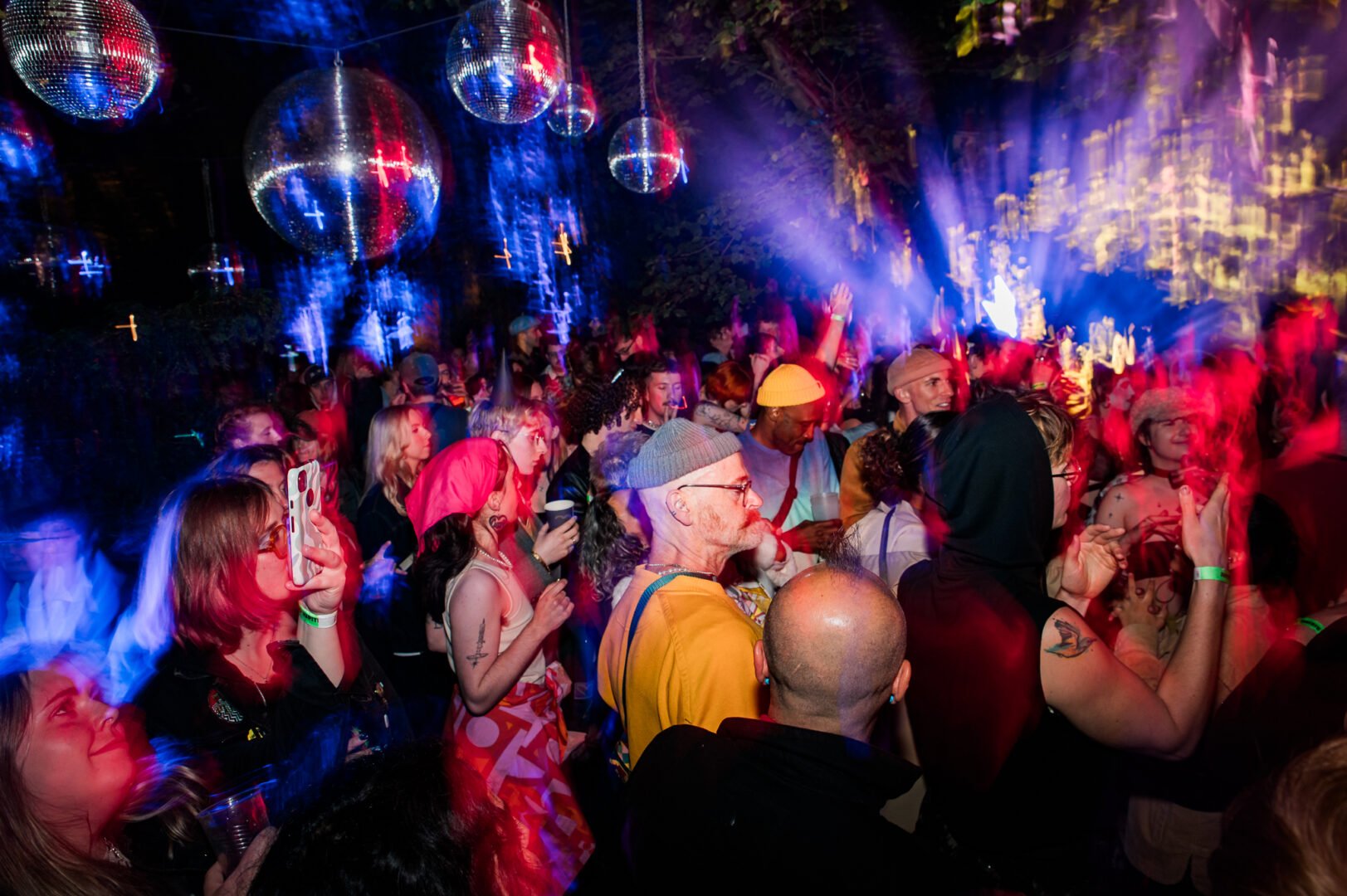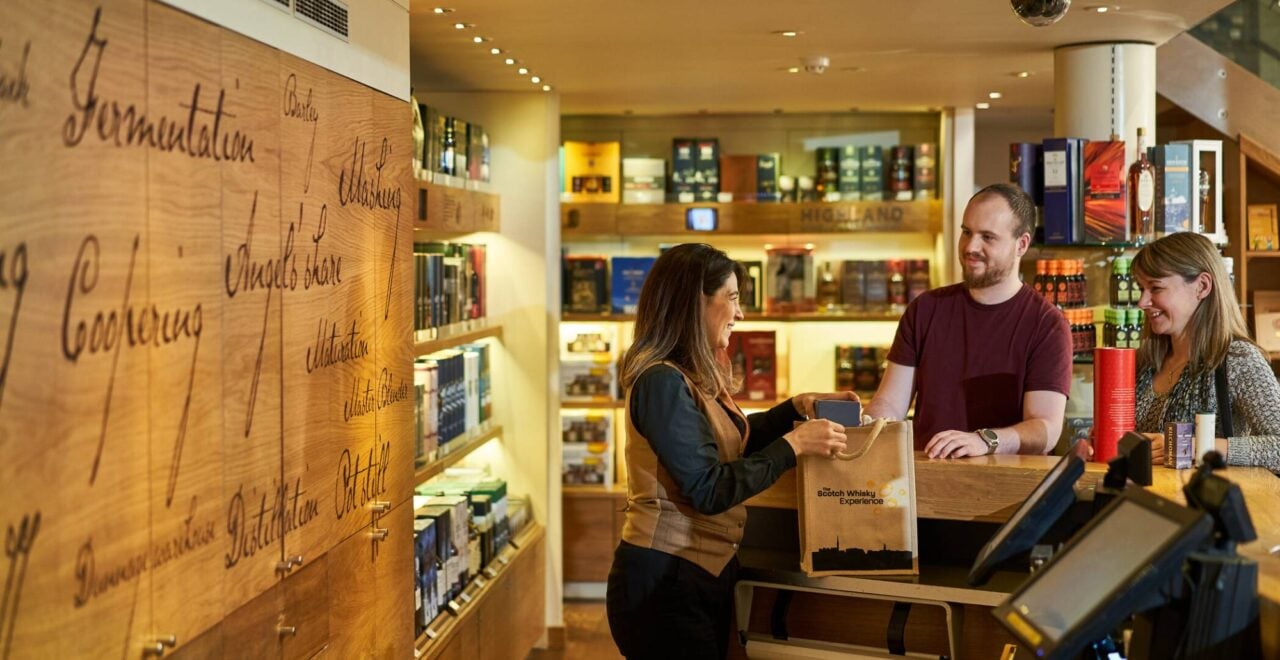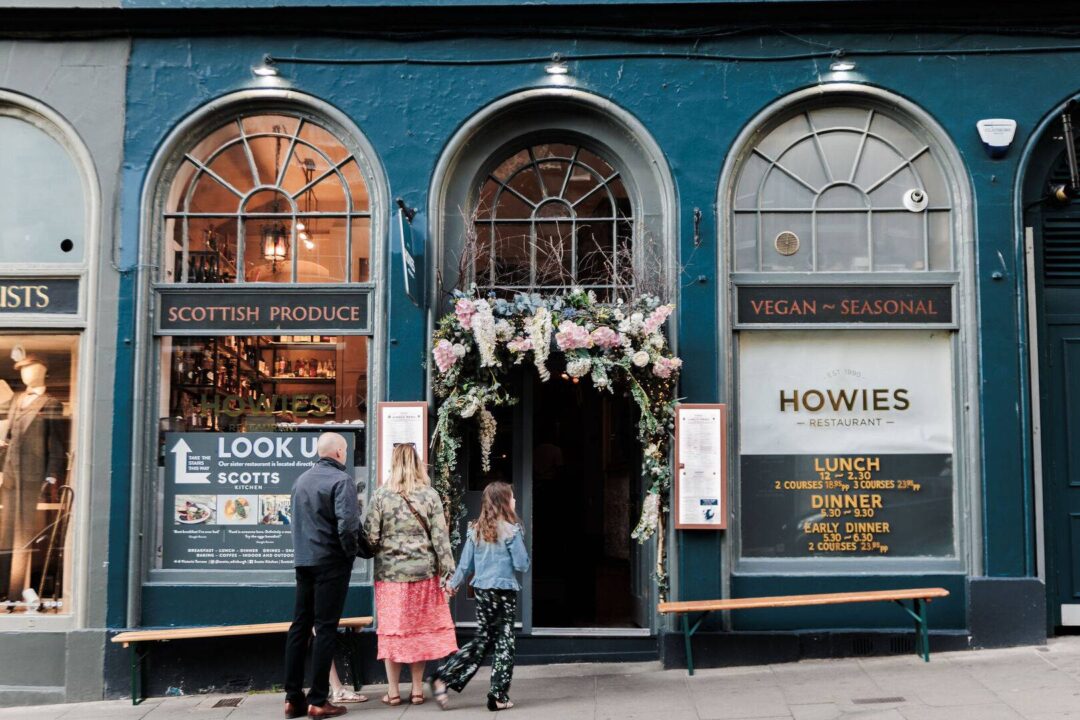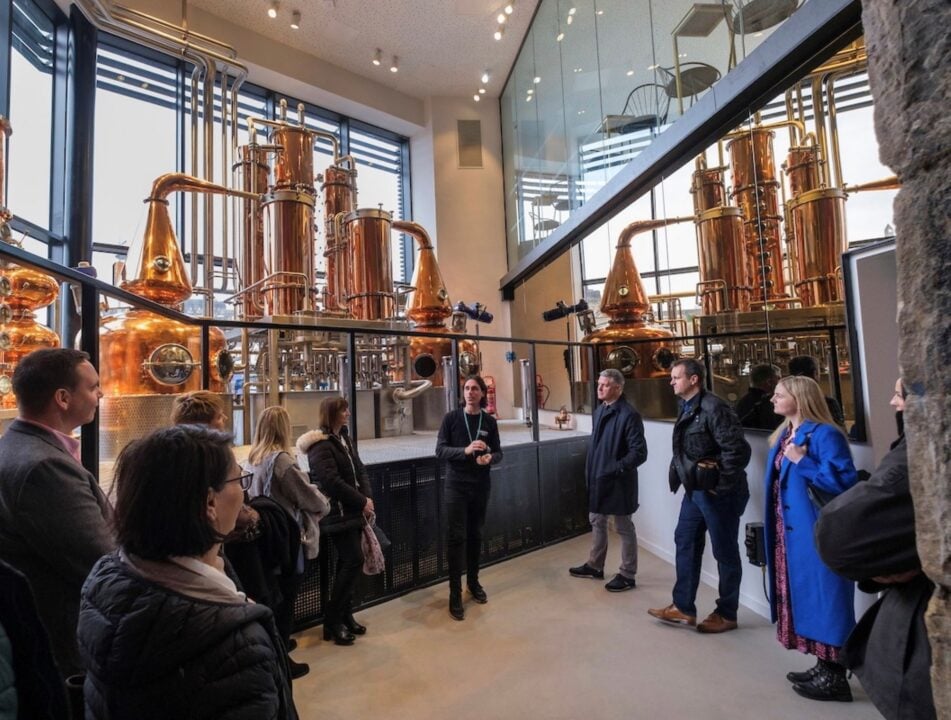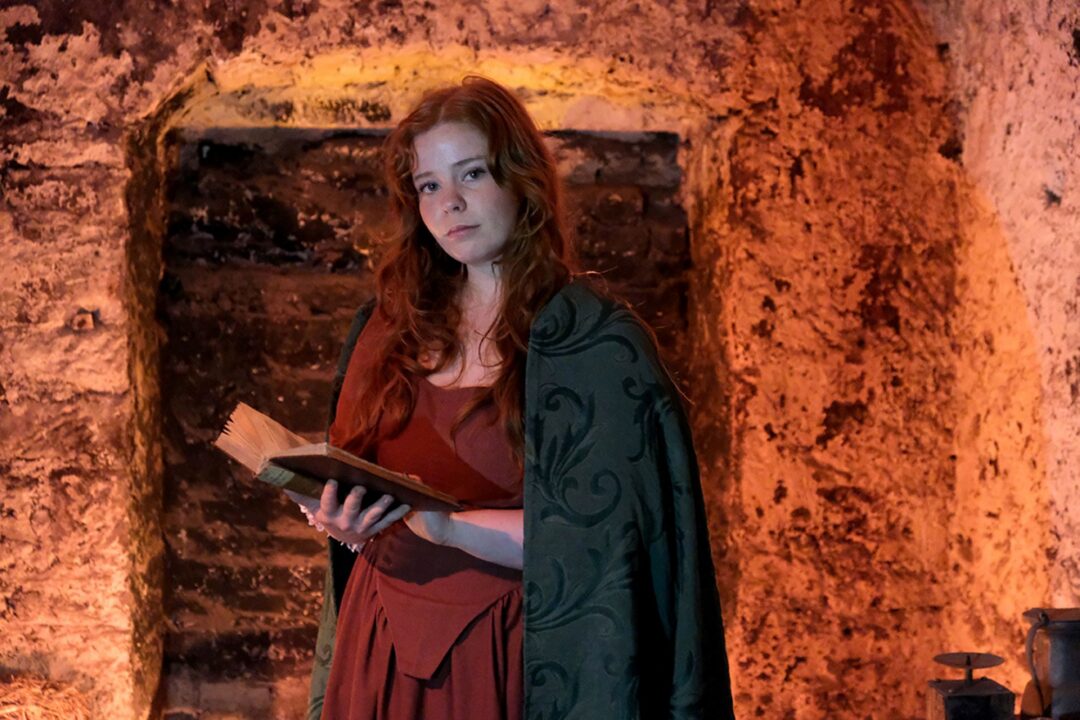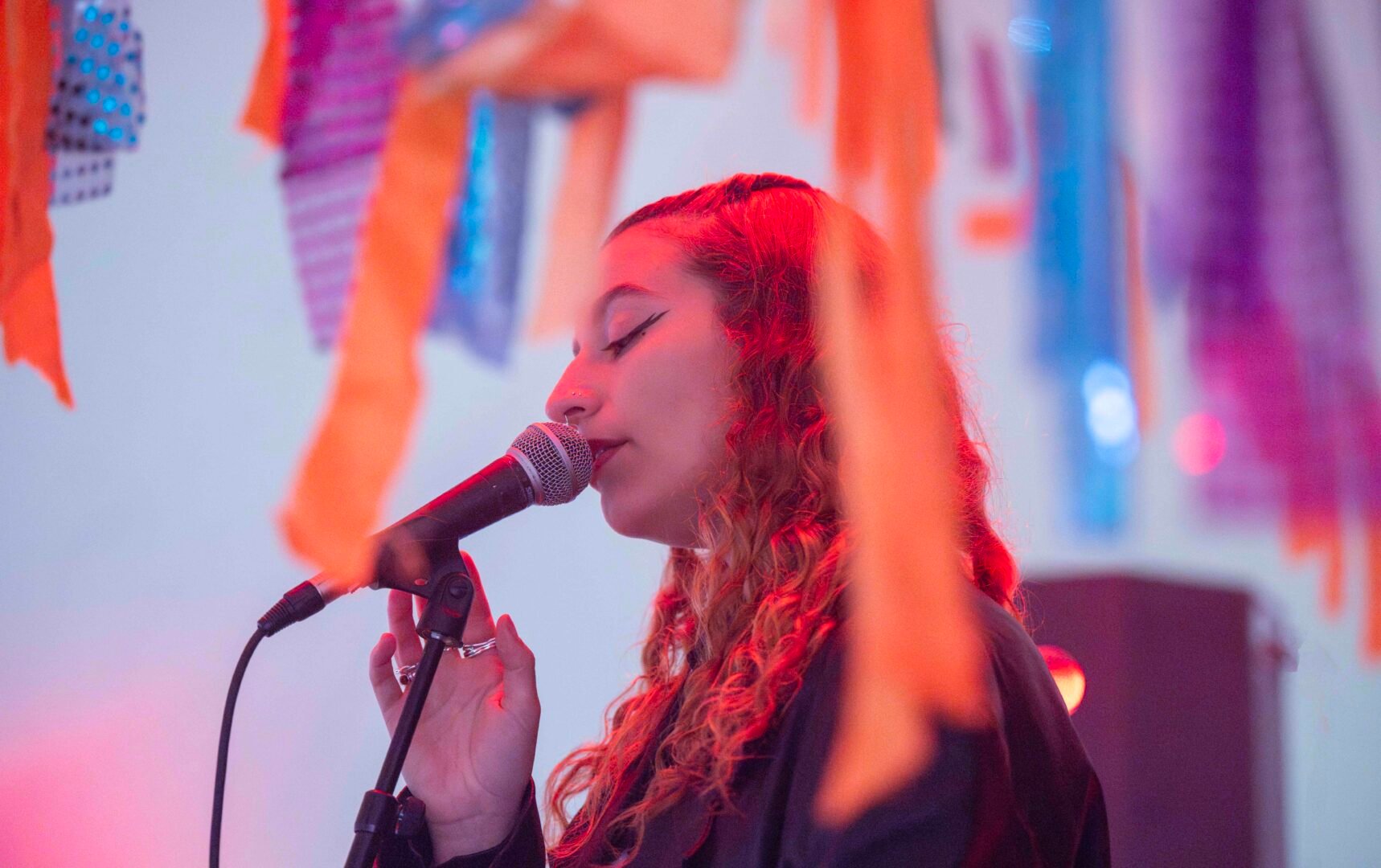
7 August 2025
As Edinburgh bursts into festival season, the city once again becomes a living gallery for bold ideas, shared stories and artistic expression from across the world.
This August, the Edinburgh Art Festival returns for its 21st edition with a vibrant three-week programme running 7–24 August. As the UK’s largest annual celebration of visual art, the festival will showcase everything from performance and moving image to sculpture, photography and painting – along with artist-led talks, live events and newly commissioned works, all unfolding across a range of venues throughout the capital.
Highlights for 2025 include new work from Linder, CJ Mahony, Lewis Hetherington and Lewis Walker, alongside a UK premiere by Wael Shawky and a major retrospective by land artist Andy Goldsworthy. Jonathan Baldock’s fantastical ceramic and textile creatures will bring surreal joy to the programme, while a collaboration with Fruitmarket brings the UK premiere of Voiceless Mass by Raven Chacon to the breath-taking setting of St Giles’ Cathedral, performed by Scottish Ensemble.
Back for one night only, JUPITER RISING X EAF25 returns to Jupiter Artland on 16 August, while a brand-new EAF Pavilion at 45 Leith Street – in partnership with Outer Spaces – will act as a central hub for exhibitions, residencies and conversation. Full details of the EAF25 programme and tickets can be found at www.edinburghartfestival.com.
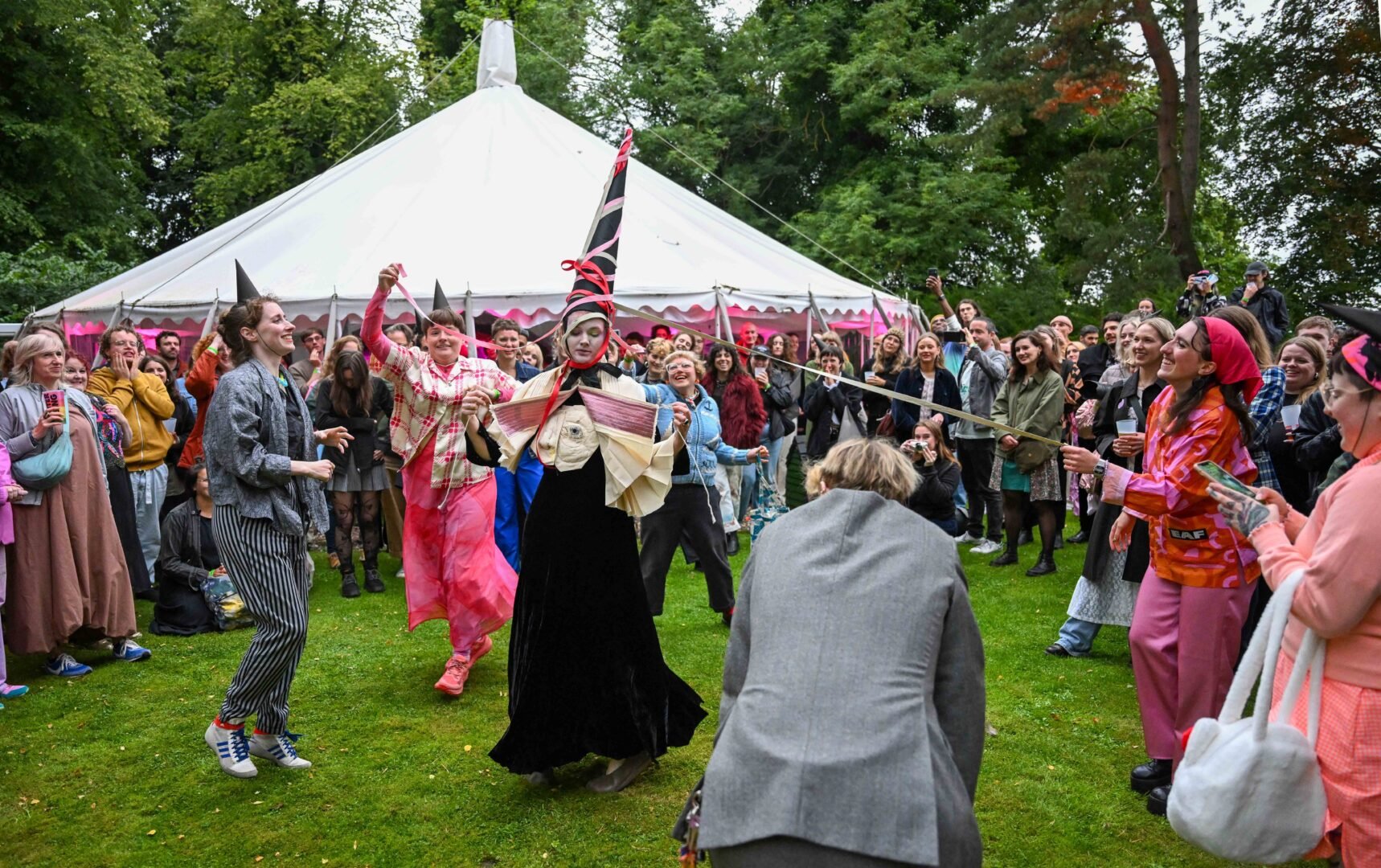
Ahead of the festival launch, we spoke with Eleanor Edmondson, Curator at Edinburgh Art Festival, who shared what makes this event such a vital part of Edinburgh’s cultural calendar and why the city continues to inspire artists and audiences alike.
The festival began in 2004 as a way to give visual art a proper platform during Edinburgh’s busy August season. There was so much brilliant work happening in galleries across the city, but it wasn’t always visible to the wider festival audience. Over the years, it’s grown into something much bigger, bringing together artists from Edinburgh and beyond, commissioning new work and creating space for collaboration, conversation and experimentation.
It’s a city that wears its history on its sleeve – you feel it in the architecture, the streets, the layers of stories everywhere. But at the same time, there’s this energy and openness to new ideas. That mix makes it an incredible place for contemporary art. You can stumble upon an installation in a 19th-century courtyard or discover a performance in an old shipbuilding warehouse. There’s real magic in that contrast.
The festival wouldn’t exist without the local creative community, especially our year-round civic work. We work with such a wide range of galleries, artists, collectives, and community groups, many of whom have been involved since the beginning. It’s a very collaborative city and people are generous with their time, knowledge and networks. That spirit of support and shared purpose is what makes the festival feel so rooted.
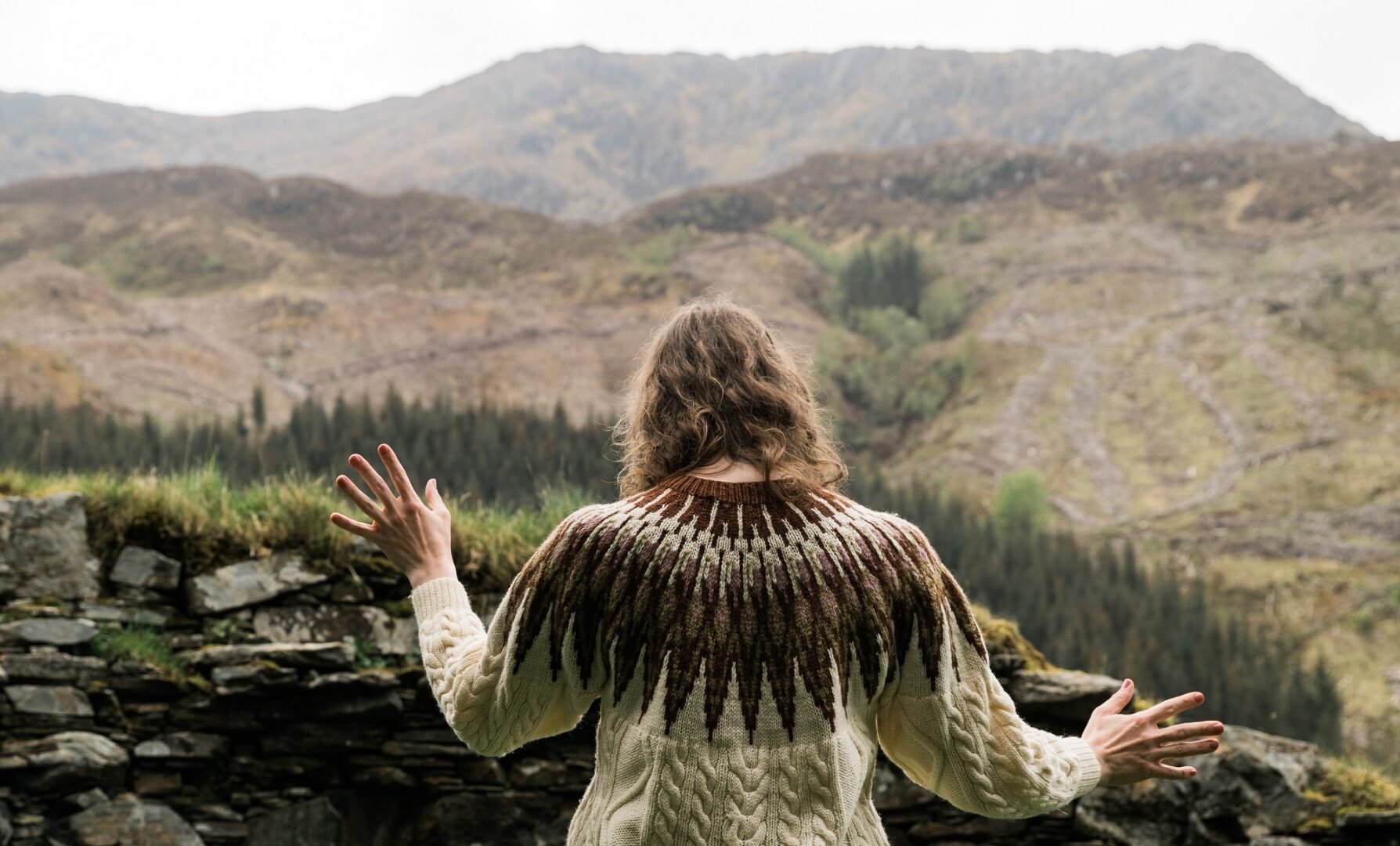
We’re always looking for ways to respond to the city itself. That might mean commissioning work that reflects on Edinburgh’s colonial past, creating projects in historic buildings or working with local communities to explore personal stories of place. The city isn’t just a backdrop; it’s part of the conversation..
There’s a moment every year, usually on the first weekend, when everything comes to life. Seeing people engaging with the work, overhearing conversations between strangers in a gallery, watching someone completely absorbed in an installation they didn’t expect to find… that’s the best bit. And being part of the wider cultural season in Edinburgh is a joy, it feels like the whole city is alive.
A slow morning walk along the Water of Leith, coffee and a pastry from Little Fitzroy, then a visit to Ingleby or Stills (both allow dogs!). Lunch somewhere relaxed, maybe MILK at Edinburgh Sculpture Workshop and a wander around the Botanics or Dean Village or out to Jupiter Artland. Then drinks at Nauticus or Montrose and ideally a show or some live music to round off the night – I love sandy bells for trad music. If I can squeeze in a sunset view from Portobello beach, even better.
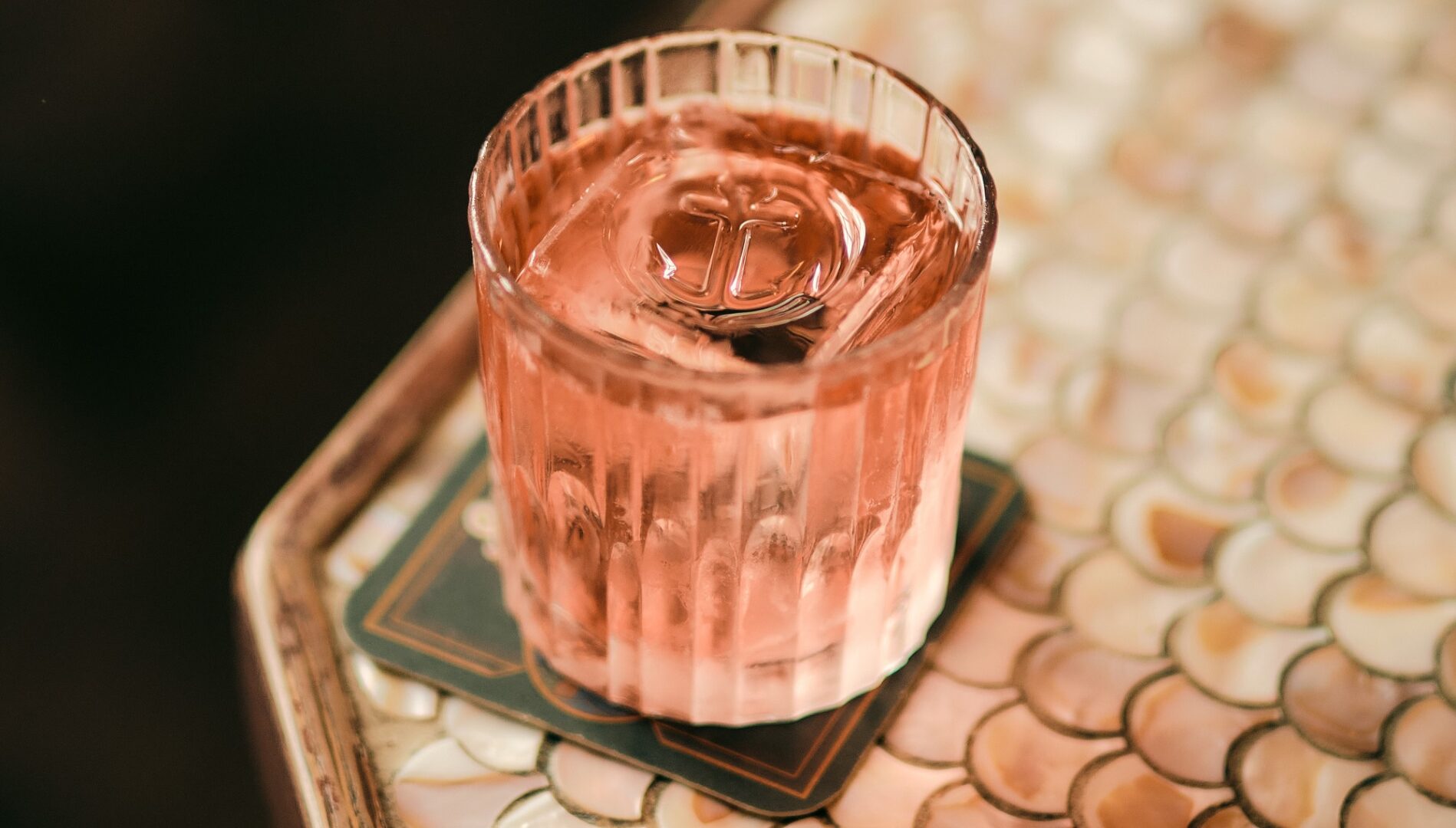
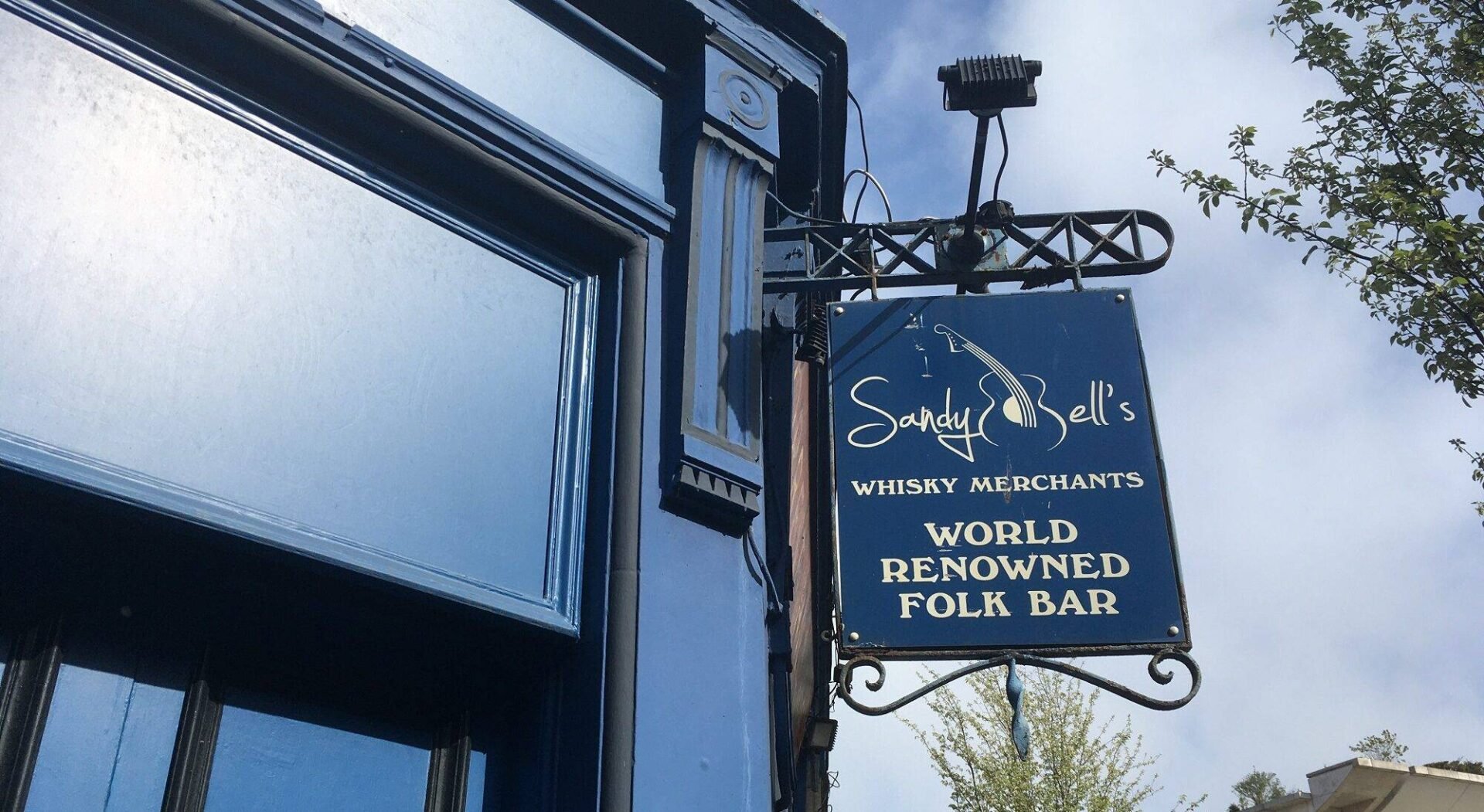
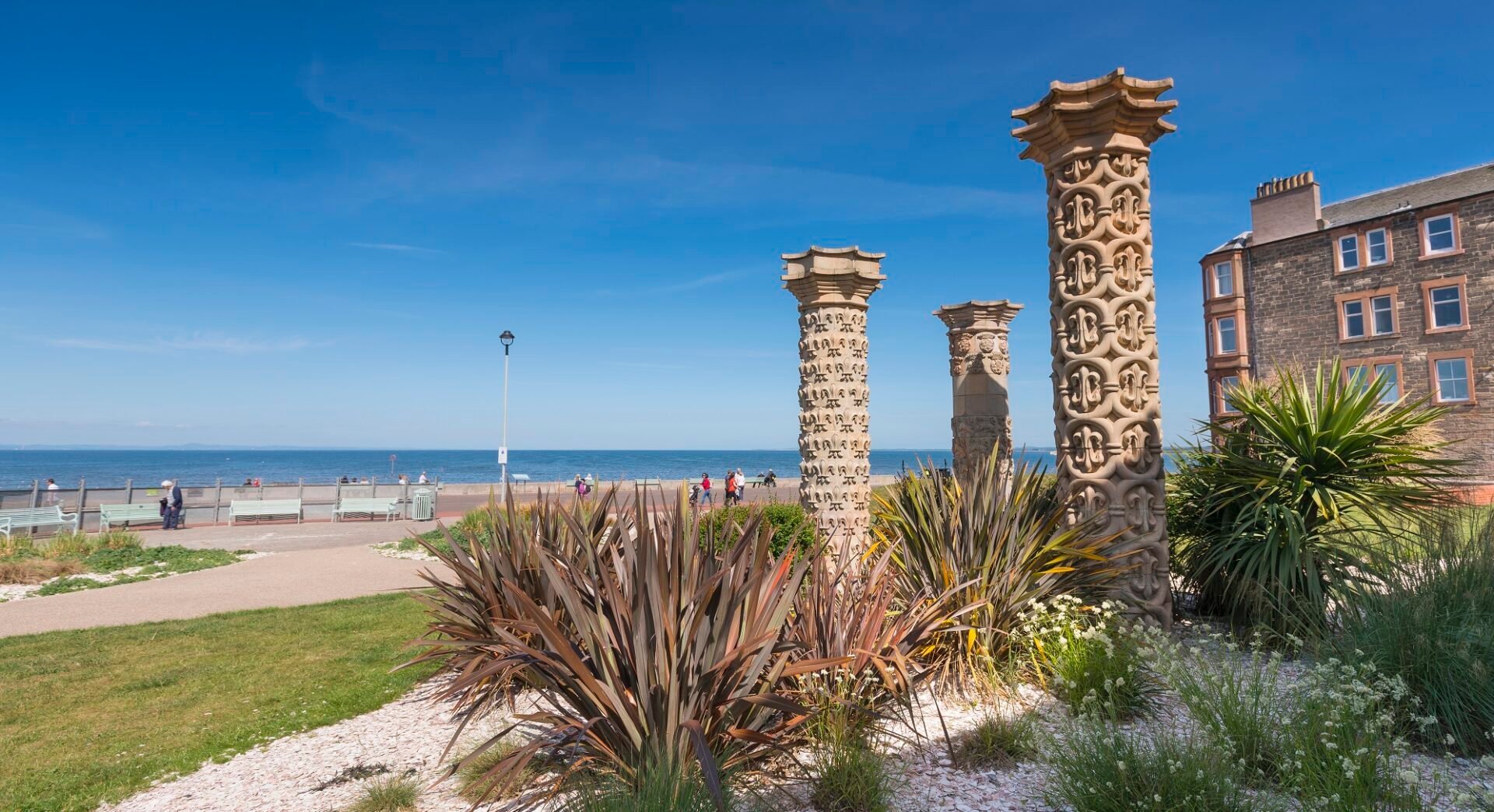
©VisitScotland, Kenny Lam
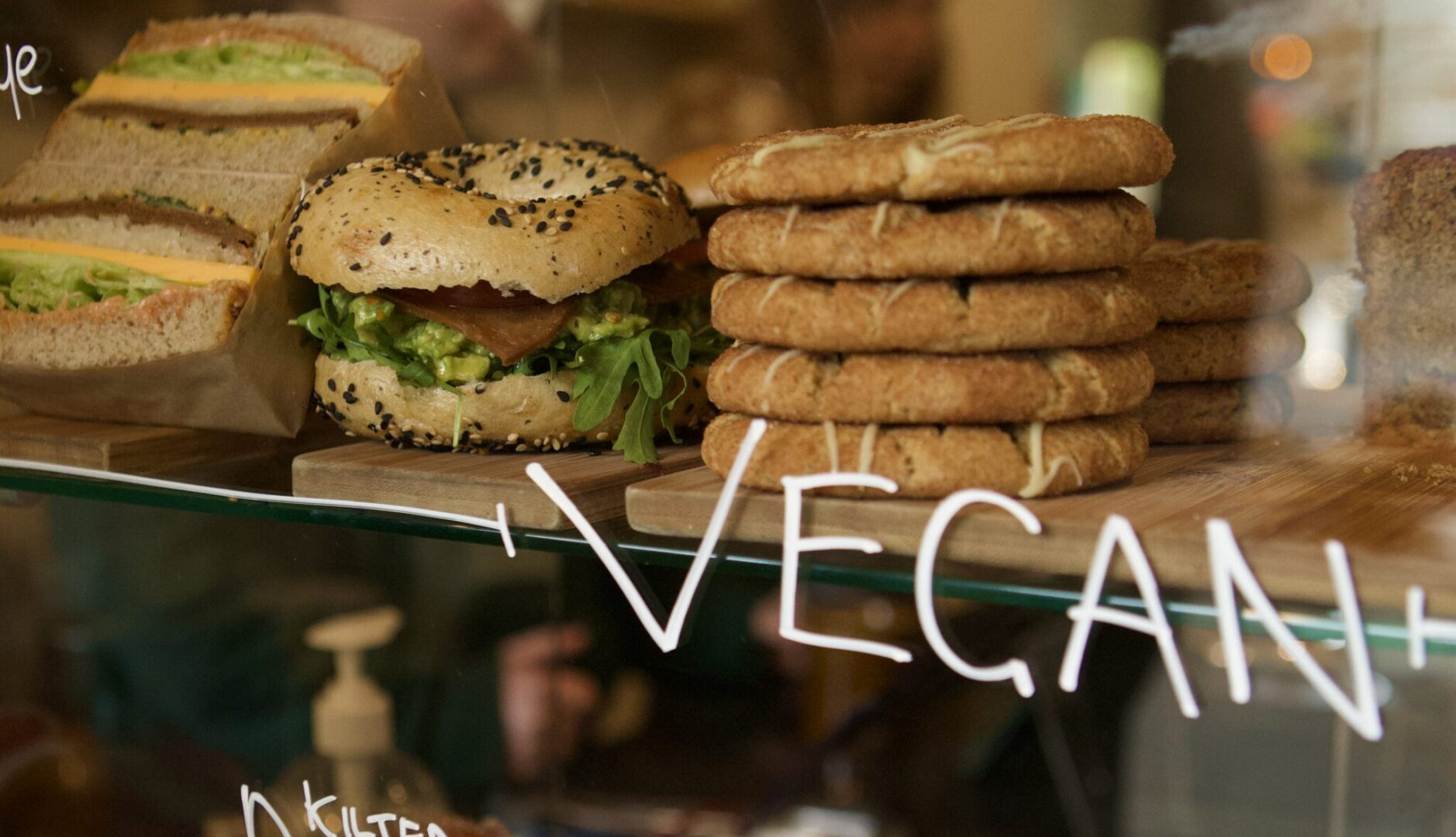
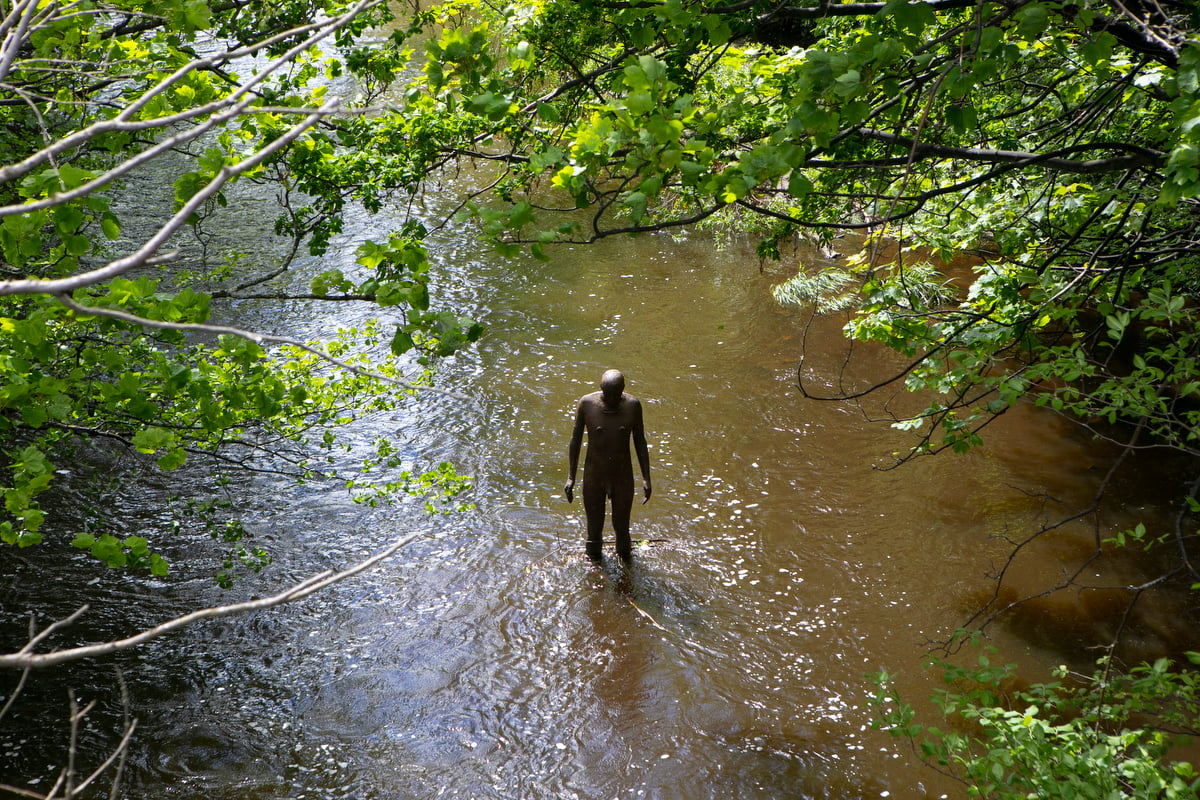
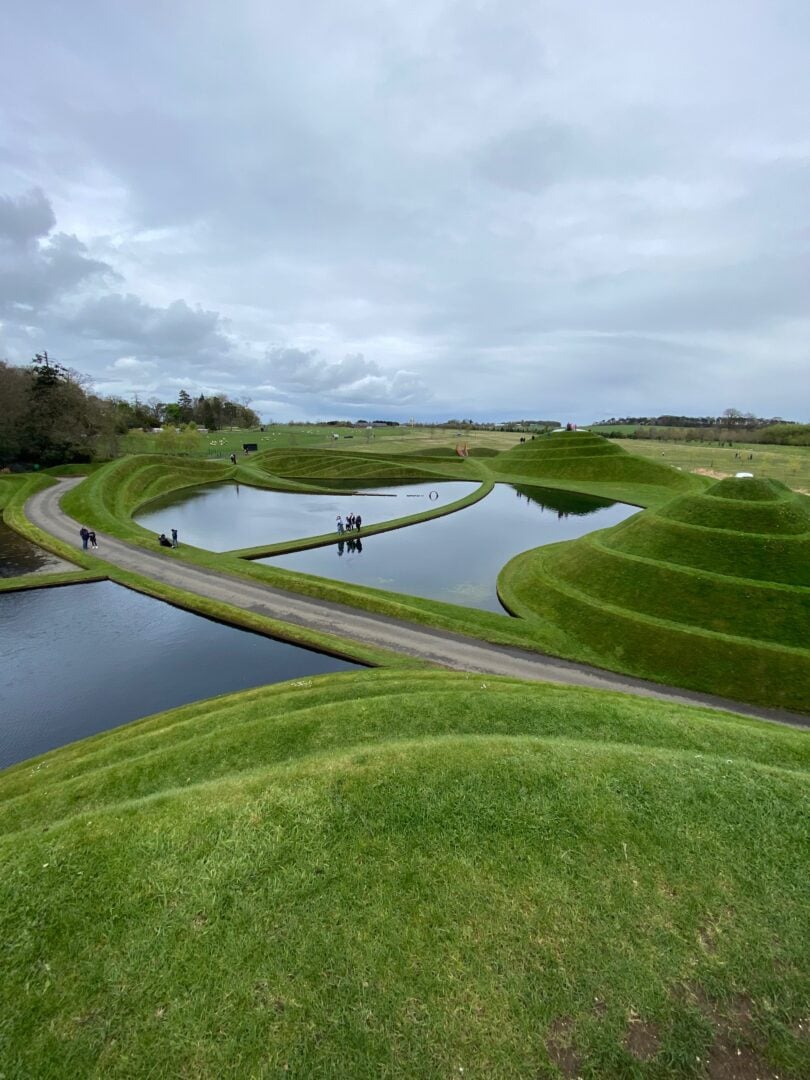
I’m going to go off-piste and recommend a new place I have only been to once (it opened last month) but is now a firm favourite and will return. Raku on Leith Walk for great heart and belly filling food.
Porty Pride is always top of our office list. It’s a warm, community-led celebration and the parties at Portobello Town Hall are some of the best around. There’s something brilliant about dancing with your neighbours in a big, beautiful civic space that’s been reclaimed for queer celebration.
We work with so many great institutions and groups already, but we are always looking to expand our networks. Last year we purchased Rabiya Choudhry’s Give light and People will find the way (Ella Baker) which is being permanently installed at Craigmillar Library so we are growing connections there and would love to work more officially with Craigmillar, their values really resonate; community-led, inclusive and unapologetically joyful.
I hope we keep growing in a way that feels thoughtful and sustainable, deepening our relationships with artists and communities and continuing to create space for risk-taking and care. I’d love to see us do more year-round work too, supporting artists outside of August and connecting more with different parts of the city.
Go for it! It’s a brilliant partnership. The team really understands the cultural landscape here and are great at supporting organisations to reach wider audiences without compromising on what makes their work unique.
